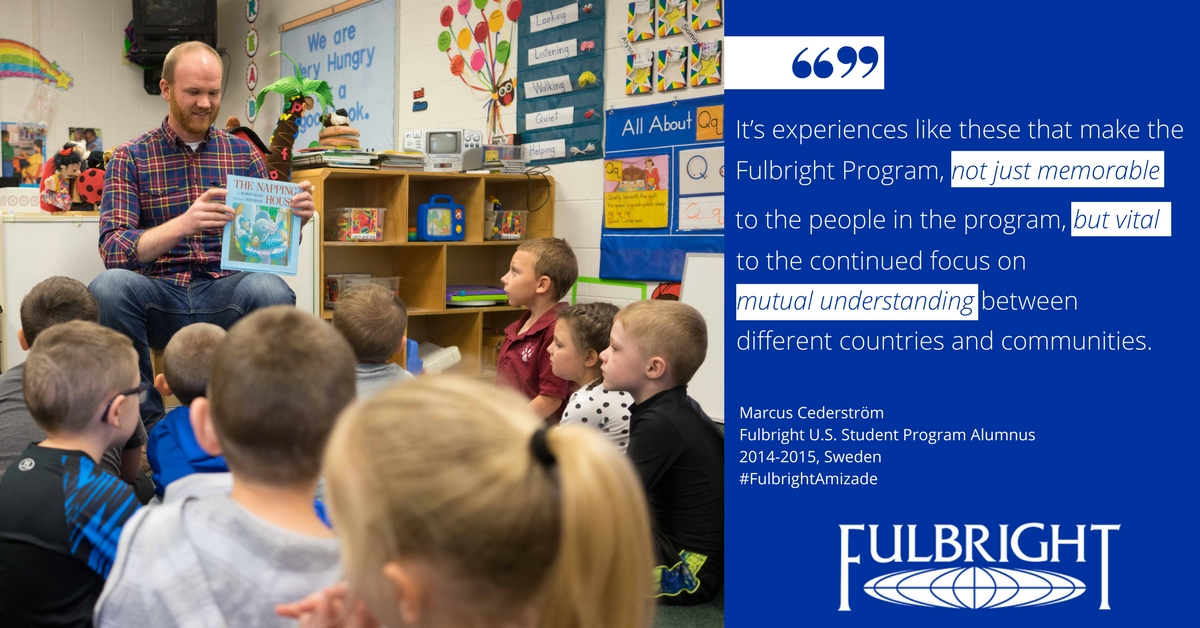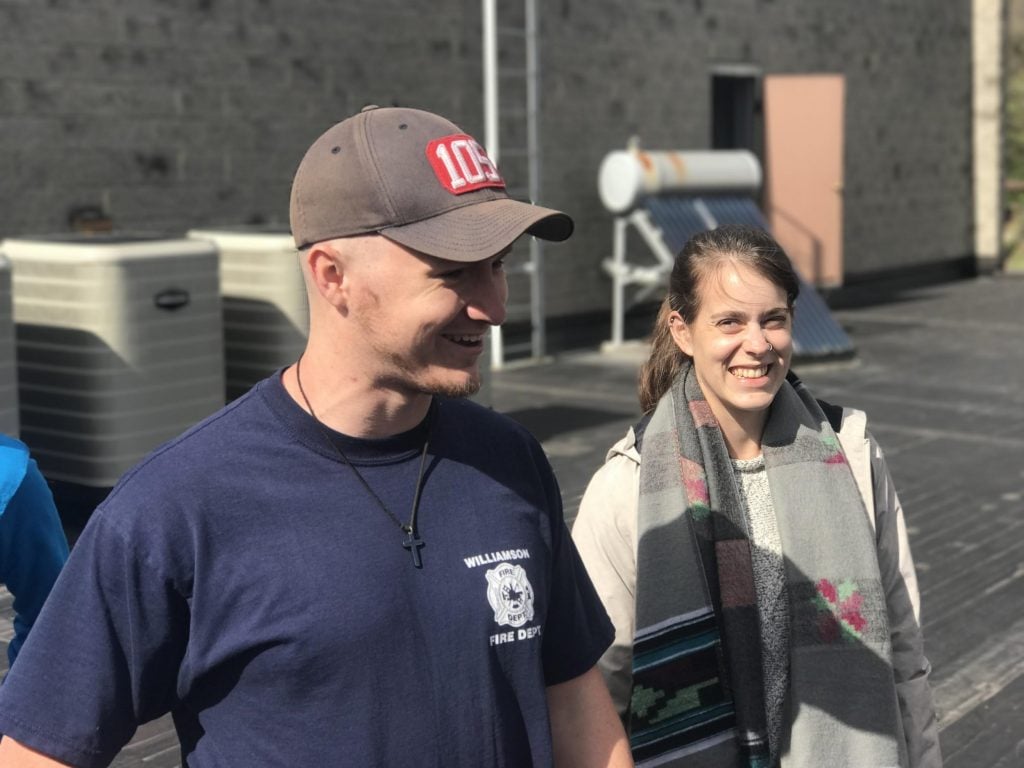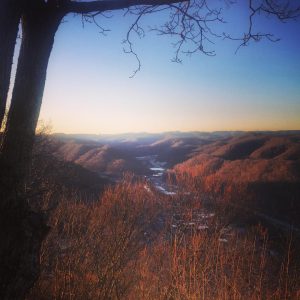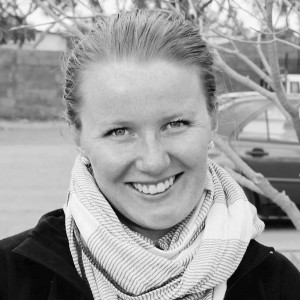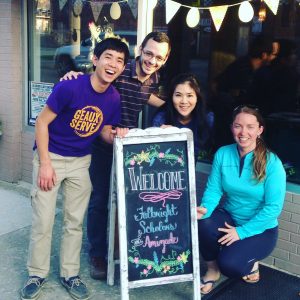
Fulbright Amizade participants from left to right: Edward Lo, Fulbright U.S. Student to Brazil; David E. Natarén Oyuela, Fulbright Student from Honduras; Mylinh Huang, Fulbright U.S. Student to Vietnam; Kinga Zsofia Horvath, Fulbright Student from Hungary in front of 34:Ate, a Williamson local restaurant.
Editor’s note: In April 2017, twelve Fulbrighters engaged in a week-long service learning project in Williamson, West Virginia, an Appalachian community with valuable lessons to share about sustainability, perseverance and revitalization. This is one in a series of blog posts from the Fulbrighters who visited Williamson. The Fulbrighters were asked to focus on their experiences in Williamson, as well as their engagement with local American community leaders. Visit the Fulbright Amizade 2017 Storify for more details on their journey.
In the small coal-mining town of Williamson, West Virginia lie many gems: the wild and wonderful landscape, the hospitality of the community, and the persistent work of everyday heroes who make miracles there. In Williamson, it does not matter whether you meet an 8-year-old girl participating in an after-school program, a 40-year-old man playing basketball with underserved children, or a 70-year-old beekeeper, you can experience the fact that “giving back to the community” is ageless. During the first week of April 2017, twelve enthusiastic Fulbrighters were able to experience and contribute to the ways in which the residents of Williamson make a difference. We joined local residents in building community gardens, turning rocky mining lands into fertile soil, and teaching the next generation how to give back. This is a thank you note to all of the people who were part of the Fulbright Amizade service-learning project and made an impact on our lives, inspiring us to take our turn to build a better future for the next generation.


